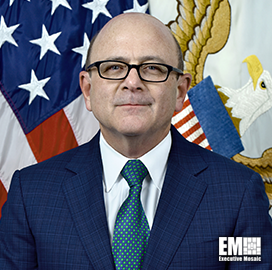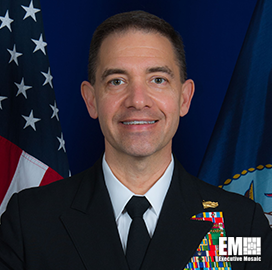Six satellites of the Space Development Agency and Missile Defense Agency aboard SpaceX’s Falcon 9 rocket lifted off Wednesday from a launch complex at Cape Canaveral Space Force Station in Florida as part of a U.S. Space Force mission.
USSF-124 is a National Security Space Launch mission launched by Space Systems Command to bring the satellites to low Earth orbit to deliver networked communications, missile detection and missile tracking capabilities to the U.S. and its allies, SSC said Wednesday.
For USSF-124, the command reused a first-stage booster that previously backed six missions.
“As we move forward together with SpaceX, we’re methodically expanding reuse to leverage the benefits for the USSF and our space vehicle teammates. The mission team was able to add the Tranche 0 satellites to USSF-124 in under 30 days, less than six months from the then scheduled launch date,” said Walt Lauderdale, AATS mission director at SSC.
“This unprecedented responsiveness is a needed capability for the Space Force to confront today’s threat environment,” added Lauderdale.
Two of the six spacecraft are for MDA’s Hypersonic and Ballistic Tracking Space Sensor and the remaining four satellites are for the Tranche 0 Tracking Layer of SDA’s Proliferated Warfighter Space Architecture.













